Lifestyle
Best of Paris: New attractions, cultural gems, must-visit spots
Paris is a city that never stops evolving – its museums, exhibitions, shopping spots and dining scene are constantly refreshed with new experiences. Let’s take a journey through some of the city’s latest highlights, from iconic monuments to exciting new openings.

Of course, one of the most significant events is the long-awaited reopening of Notre-Dame Cathedral, an iconic symbol of Paris. After years of meticulous restoration following the devastating fire, the cathedral has once again opened its doors, drawing crowds of visitors eager to witness its renewed grandeur. Stepping inside this awe-inspiring masterpiece is an unforgettable experience, leaving a lasting impression every time.
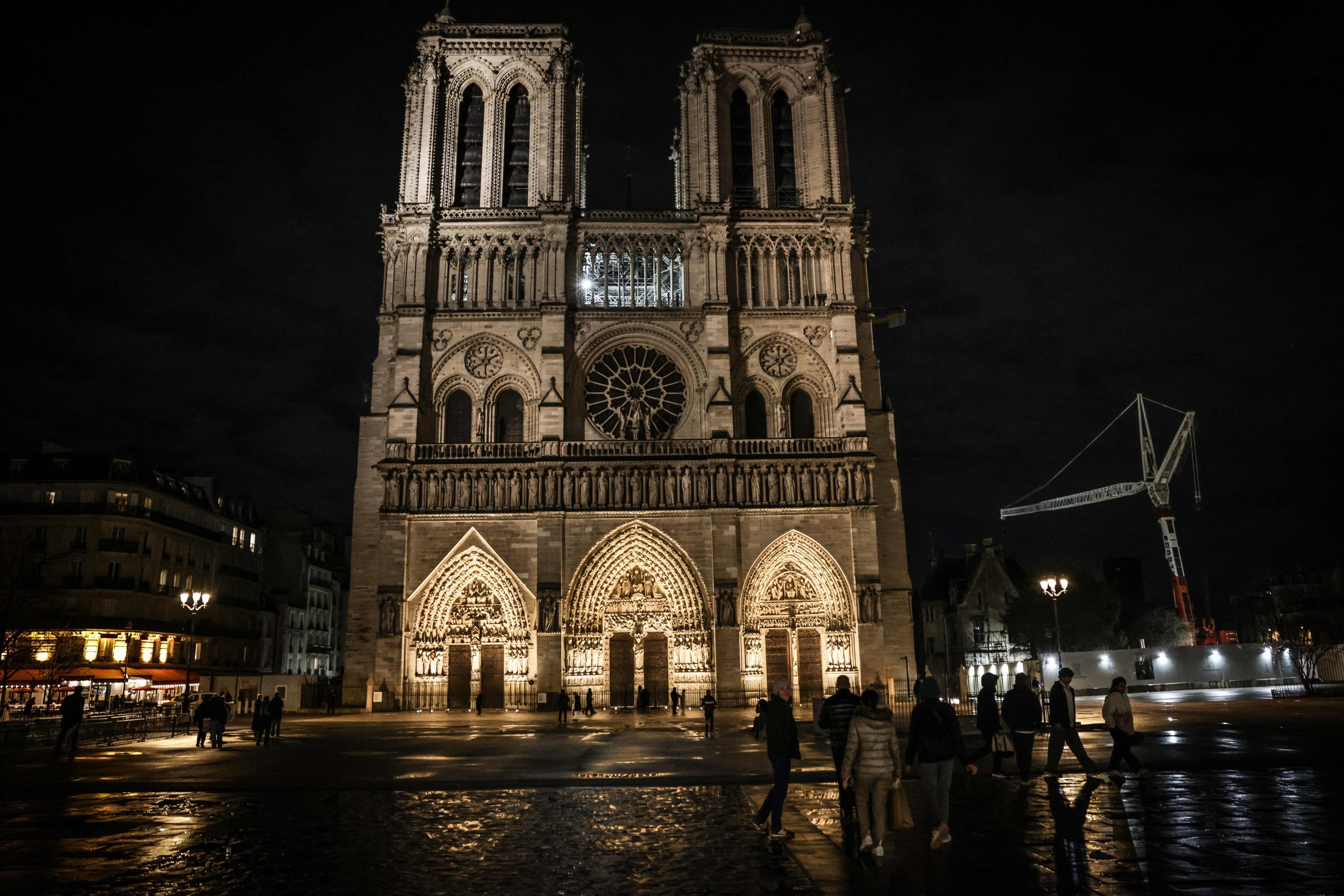
Museums
Yves Saint Laurent Museum
The Musee Yves Saint Laurent Paris is located in a private mansion that served as the legendary designer’s headquarters from 1974 to 2002. I highly recommend visiting “The Flowers of Yves Saint Laurent,” an exhibition running until May 2025. If you opt for a guided tour, it lasts 60 minutes, while a self-guided visit may take around 90 minutes.
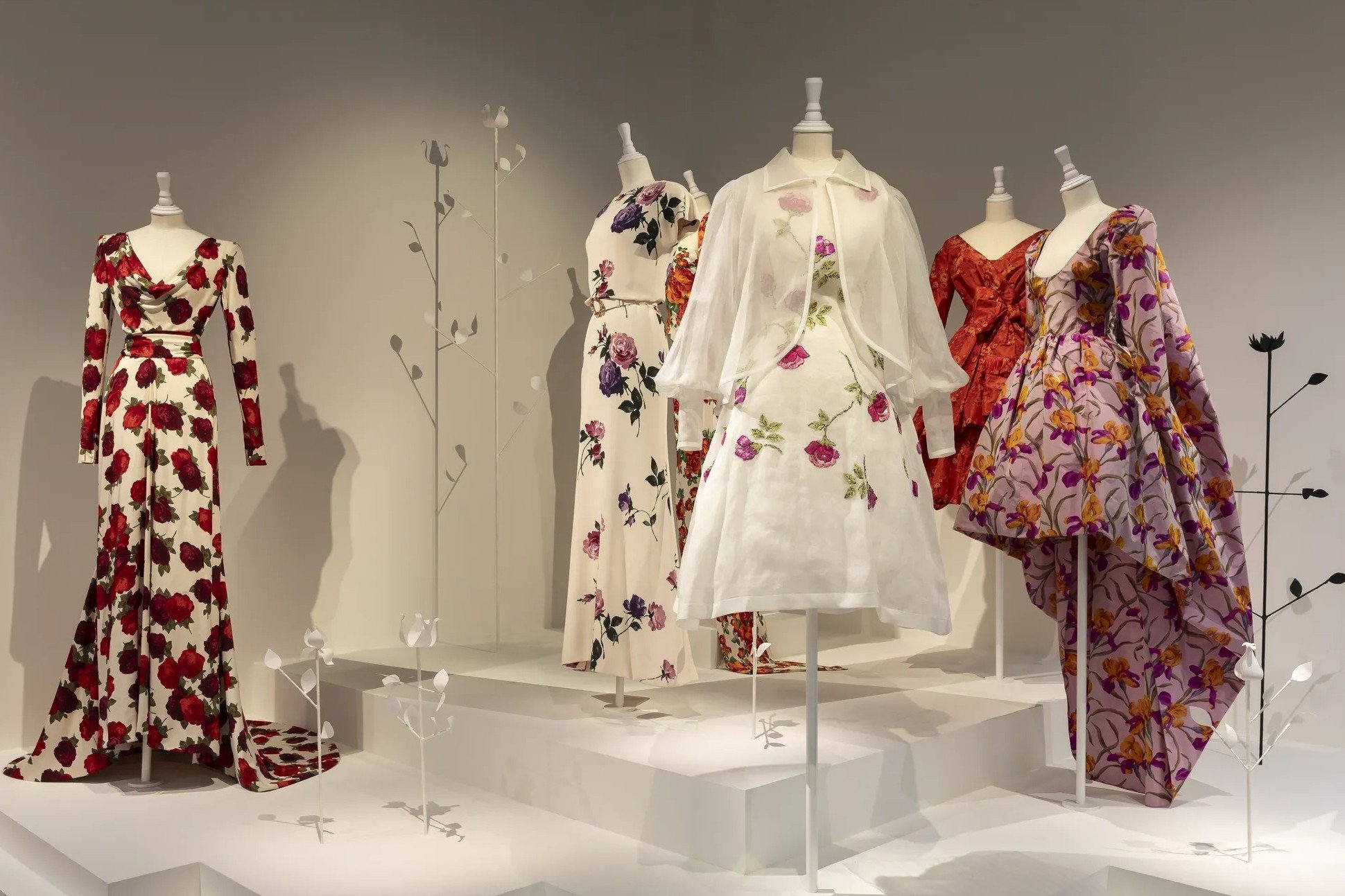
Through iconic garments in the exhibition, visitors discover the expertise Yves Saint Laurent drew upon to bring his floral creations to life – from his earliest applied embroidery on the spring-summer dress of 1962 to his inventive prints from the spring-summer 2001 collection, an unforgettable reference to the paintings of Pierre Bonnard.
In addition to dresses and sketches, you can also see the personal workspaces of Yves Saint Laurent. The museum is open daily, except Mondays, from 11 a.m. to 6 p.m.
Picasso: Art in Motion
Celebrating the genius of Pablo Picasso – painter, sculptor, engraver, ceramicist and theater set designer – this exhibition captures the unrelenting energy that drove him to constantly reinvent his art through a collection of his works, photographs and videos. Echoing our digital age, the perpetual evolution of his oeuvre serves as the primary source of inspiration for this new digital creation, produced in collaboration with the Picasso Administration.
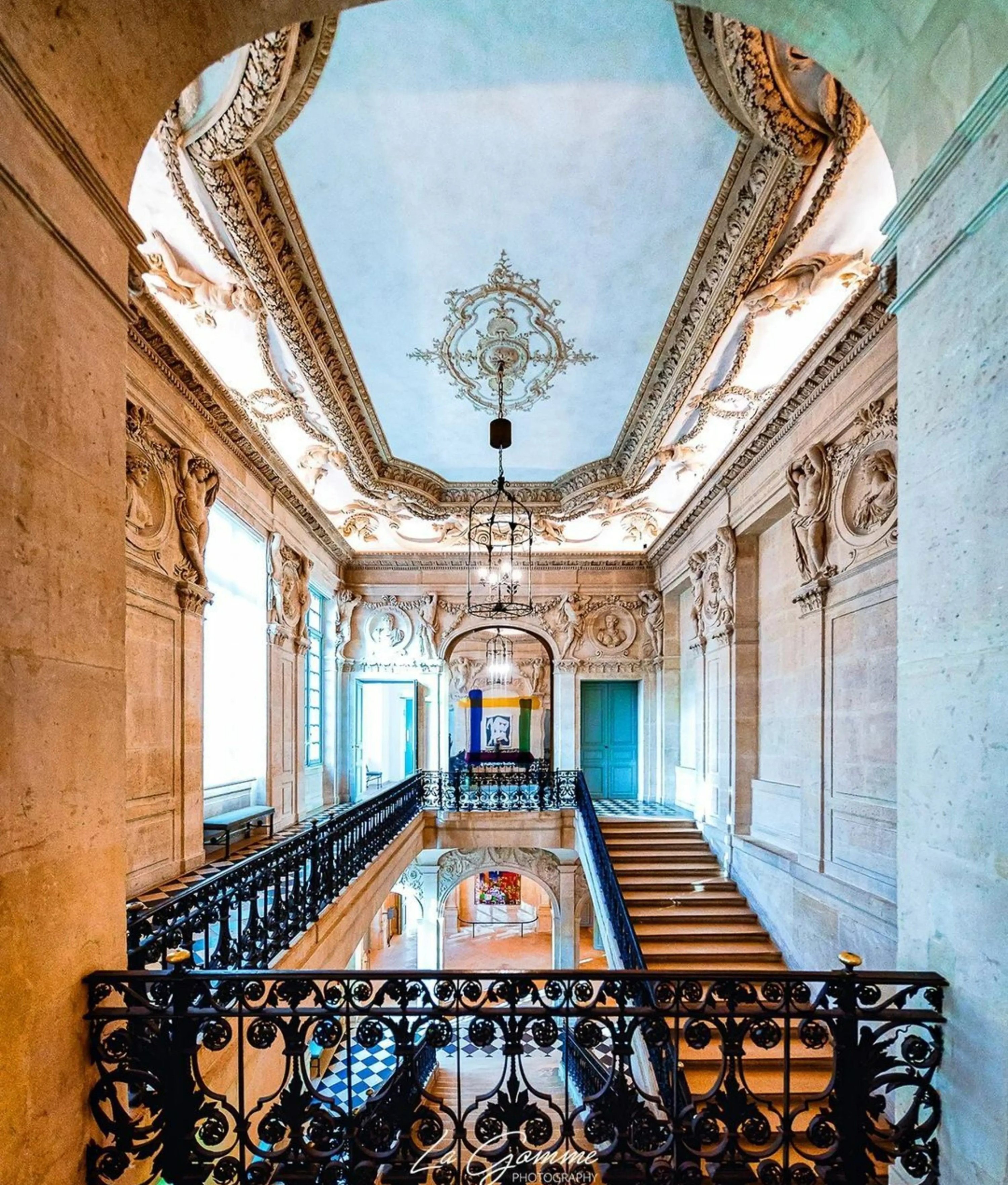
All his work rotates 360 degrees around you, creating a truly immersive and captivating atmosphere that surprises you every time. Don’t miss this magnificent show! With 140 video projectors and a spatialized sound system across a 3,300 m² surface area, the Atelier des Lumières immerses you in images and music, using the digital revolution to promote artistic creativity. You can visit until April 11, 2025.
Hotels
Maison Proust Hotel
Following Maison Athenee and Maison Souquet, this is the third property by the Parisian hotel group, Collection Maisons Particulieres. Located in Le Marais, this intimate boutique hotel boasts 23 meticulously designed rooms and suites. Though nestled in one of the district’s quietest streets, its historic architecture, exquisite decor and intricate details transport guests to another era.
Named after the celebrated French novelist Marcel Proust, the hotel pays tribute to his legacy in more than just name. Stepping into this meticulously restored six-story townhouse is like entering the belle epoque itself. Guests are welcomed into a salon-style bar, home to a library of 2,000 rare books and first editions, including a prized 1914 signed copy of Swann’s Way.
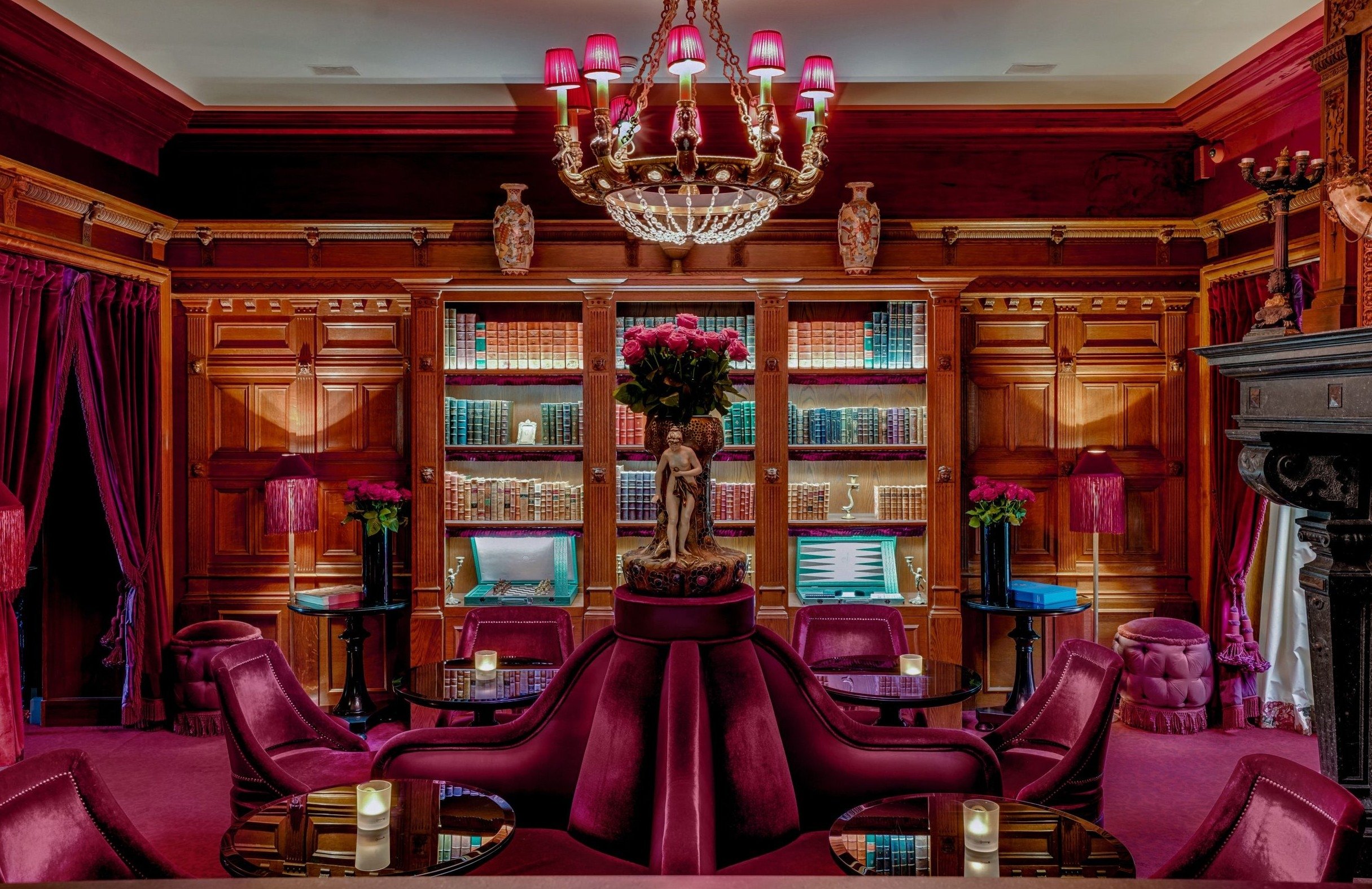
Renowned designer Jacques Garcia took over three years to bring his vision for Maison Proust to life, using more than 2,000 meters of luxurious fabric. Each room is adorned with plush velvet drapes, shimmering crystal chandeliers, and intricately patterned wallpapers, evoking the literary salons of the early 20th century while maintaining contemporary elegance.
At the heart of Maison Proust lies its spa – a sanctuary of indulgence. Featuring a stunning ten-meter swimming pool framed by elegantly tiled columns, a steam room and three treatment suites, the Maison Proust Spa is nothing short of poetry for the senses.
Grand Coeur Latin Hotel
The 75 rooms, spread across seven floors, provide a warm and inviting atmosphere. Every detail has been meticulously designed for comfort.
Located in the heart of Paris’s fifth arrondissement, Grand Coeur Latin enjoys a prime setting in the historic Latin Quarter, making it the perfect starting point to explore the city. Tucked away on a tranquil street, steps from the Pantheon and the Luxembourg Gardens, the hotel offers seamless access to some of Paris’s most iconic landmarks. With rooms ranging from 16 to 30 square meters, guests can choose a space that best suits their needs.

The hotel’s spa, featuring an impressive pool, draws inspiration from classical Roman baths. Throughout the property, the elegant arch motif pays homage to both the historic abbey that once stood here and the grand aqueducts of the Roman Empire.
Restaurants
Bistrot Paul Bert
One of Paris’ top 50 favorite restaurants, Bistrot Paul Bert is a quintessential French eatery nestled in the more local 11th arrondissement. Known for its exceptional meats and seafood, this beloved spot is always bustling with diners eager to savor authentic French cuisine.
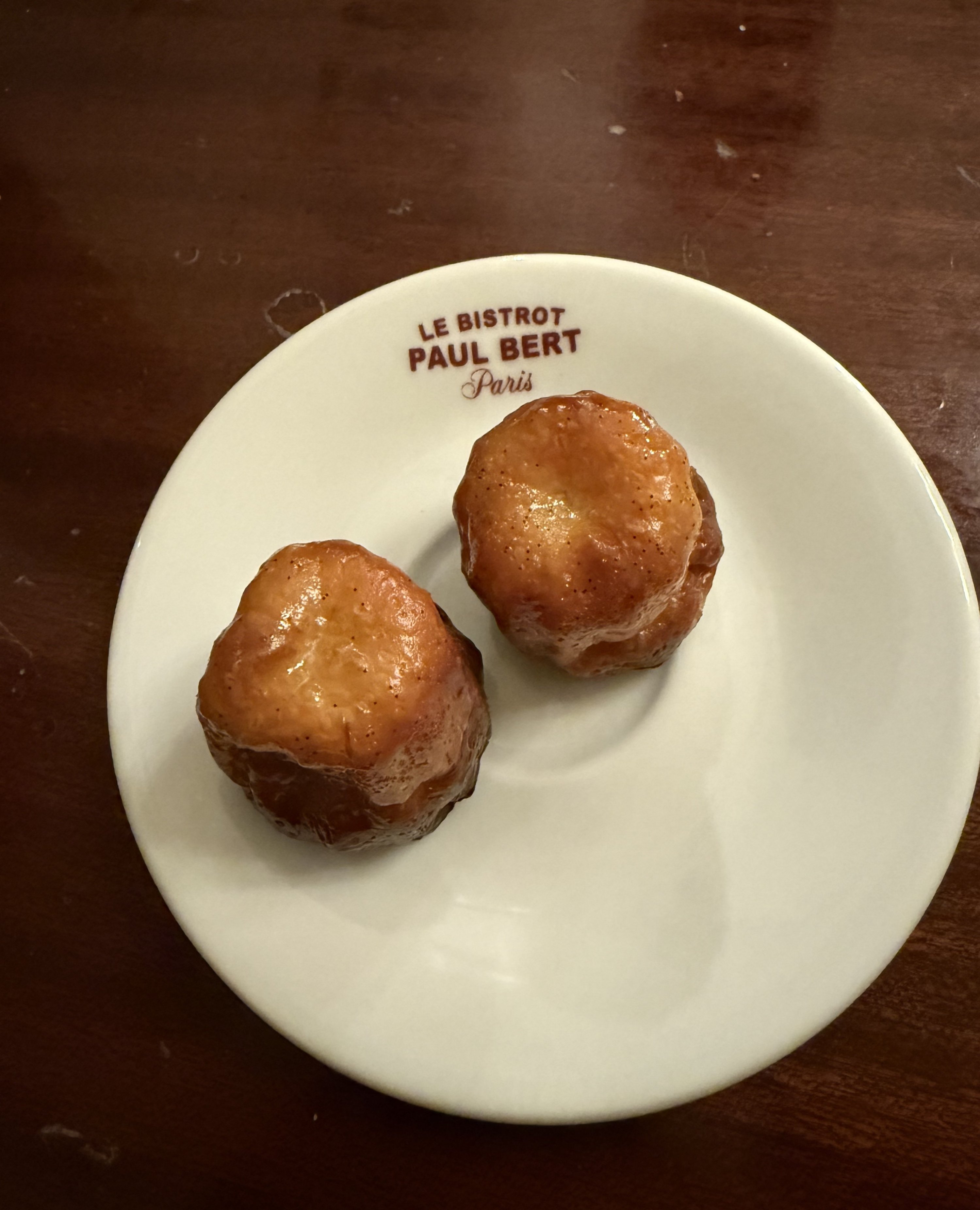
A reservation is a must; securing a table without one is nearly impossible, even at 10 p.m. when the crowd is still going strong. While the service may not be the highlight, the flavors more than make up for it. Whether you’re looking for a romantic dinner or a lively evening with friends, Bistrot Paul Bert offers an unforgettable Parisian dining experience.
Baronne
Baronne is the season’s most spectacular new destination. This refined restaurant and bar is a true hidden gem, situated at 11 Rue Berryer, within the prestigious Hotel Salomon de Rothschild. Conceived by Corinne Sachot, Baronne offers a sumptuous setting where classic elegance meets contemporary design.
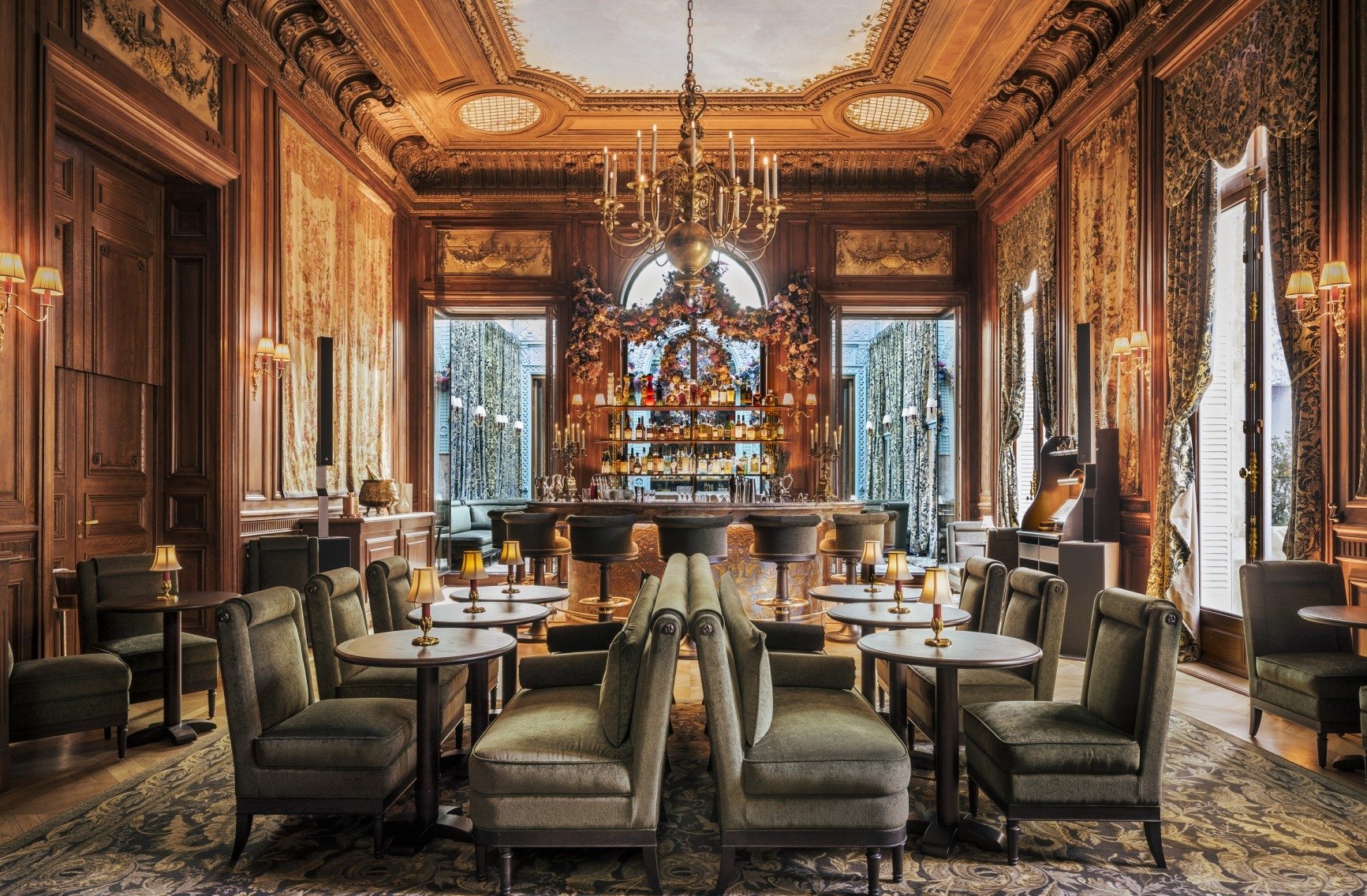
On warm days, guests can enjoy lunch in the serene garden, soaking up the sunshine, while in the evenings, the sophisticated dining room provides the perfect backdrop for an unforgettable culinary experience.
Baronne’s cuisine celebrates the excellence of French gastronomy, seamlessly blending tradition and craftsmanship. The menu highlights exceptional ingredients, premium cuts of meat, whole fish, and an array of seasonal vegetables, enhanced with aromatic herbs and spices and prepared over an open flame to achieve a rich, smoky flavor.
As the latest addition to the Paris Society group, time will tell if Baronne extends its presence to other European cities.
Lifestyle
Cherry blossoms calling: What to expect in Japan 2025
As winter fades, the world eagerly anticipates one of nature’s most breathtaking spectacles: cherry blossom season. This year, travelers from all corners of the globe will flock to Tokyo’s Ueno Park, Kyoto’s Philosopher’s Path and Washington’s Tidal Basin to witness this poetic transformation. Whether you’re strolling under sakura trees or simply admiring them from afar, one thing is certain cherry blossoms remind us to slow down and embrace the present.
As a guest of Japan’s largest airline, All Nippon Airways (ANA), I recently had the privilege of experiencing Japan’s early sakura season. With ANA’s new direct flights from Istanbul Airport (IGA) to Tokyo Haneda Airport, which started on Feb. 12, 2025, exploring Japan has never been easier. Three flights a week now connect the two countries with deep cultural ties, bringing a wave of excitement for travelers longing to immerse themselves in the elegance, cleanliness and refined aesthetics of Japan. But why is everyone suddenly eager to visit Japan? Perhaps it’s the timeless beauty of Kyoto’s ancient temples, the neon dreams of Tokyo, or the simple joy of witnessing sakura bloom a fleeting reminder that life, like cherry blossoms, is delicate and temporary.
Kyoto: Walking through time
Kyoto is where Japan whispers its past. The streets, lined with traditional machiya houses, transport you to an era when samurais roamed and tea ceremonies dictated social rituals. My journey began in Arashiyama, home to the ethereal Bamboo Forest, a place where the wind sings through towering stalks, creating a natural symphony of tranquility. Not far from here, Fushimi Inari Taisha awaits, its vermillion torii gates stretching endlessly, leading pilgrims to the mountain shrine. Walking through them, I was reminded of a Zen proverb: “The obstacle is the path.”
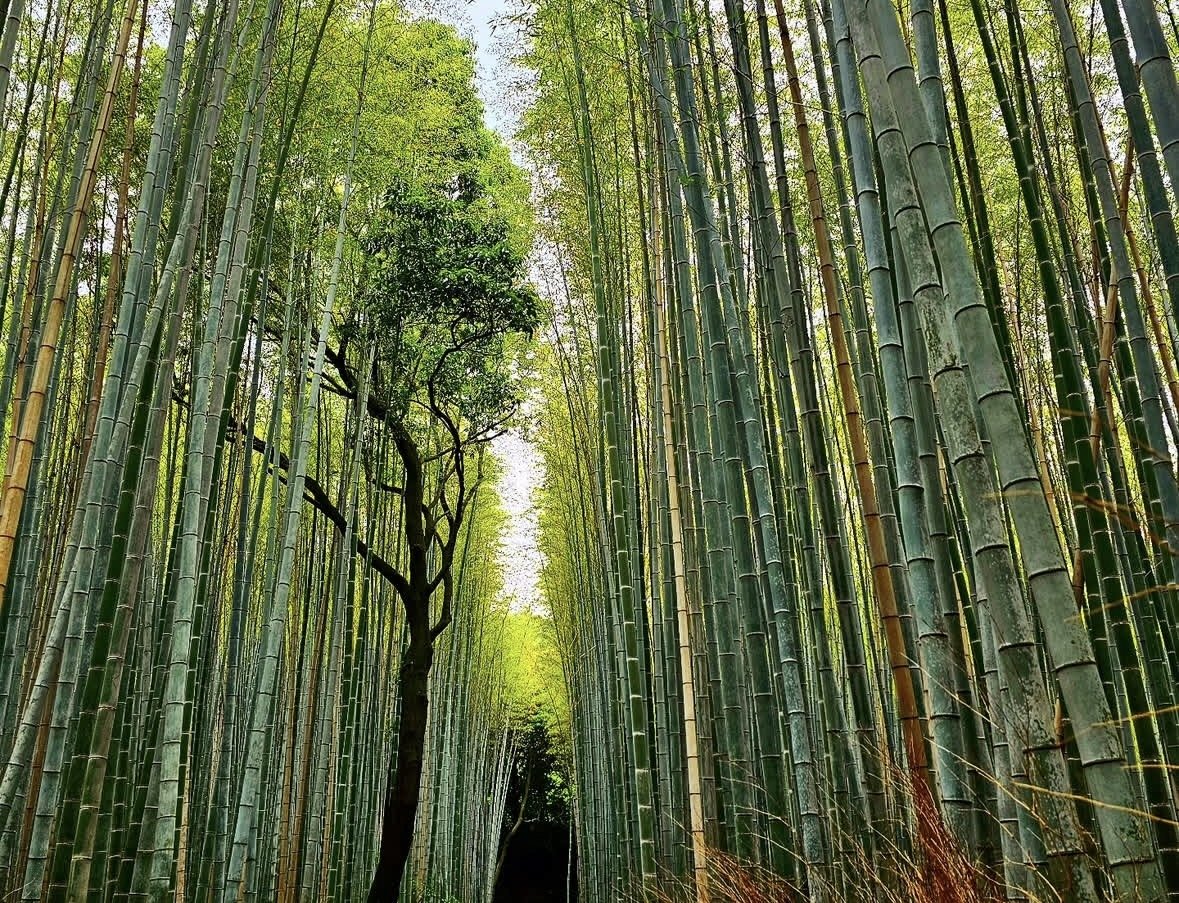
Osaka: Kitchen of Japan
Osaka is a feast for the senses. Known as “Japan’s Kitchen,” this city thrives on street food and vibrant nightlife. Dotonbori is the heart of the action, where neon lights reflect off the canal, and food stalls serve up steaming takoyaki and okonomiyaki. If Kyoto is a quiet tea house, Osaka is a loud, bustling izakaya both essential to Japan’s character.
Tokyo’s cherry blossoms, lively streets and rich cultural landmarks create an unforgettable spring experience in the heart of Japan
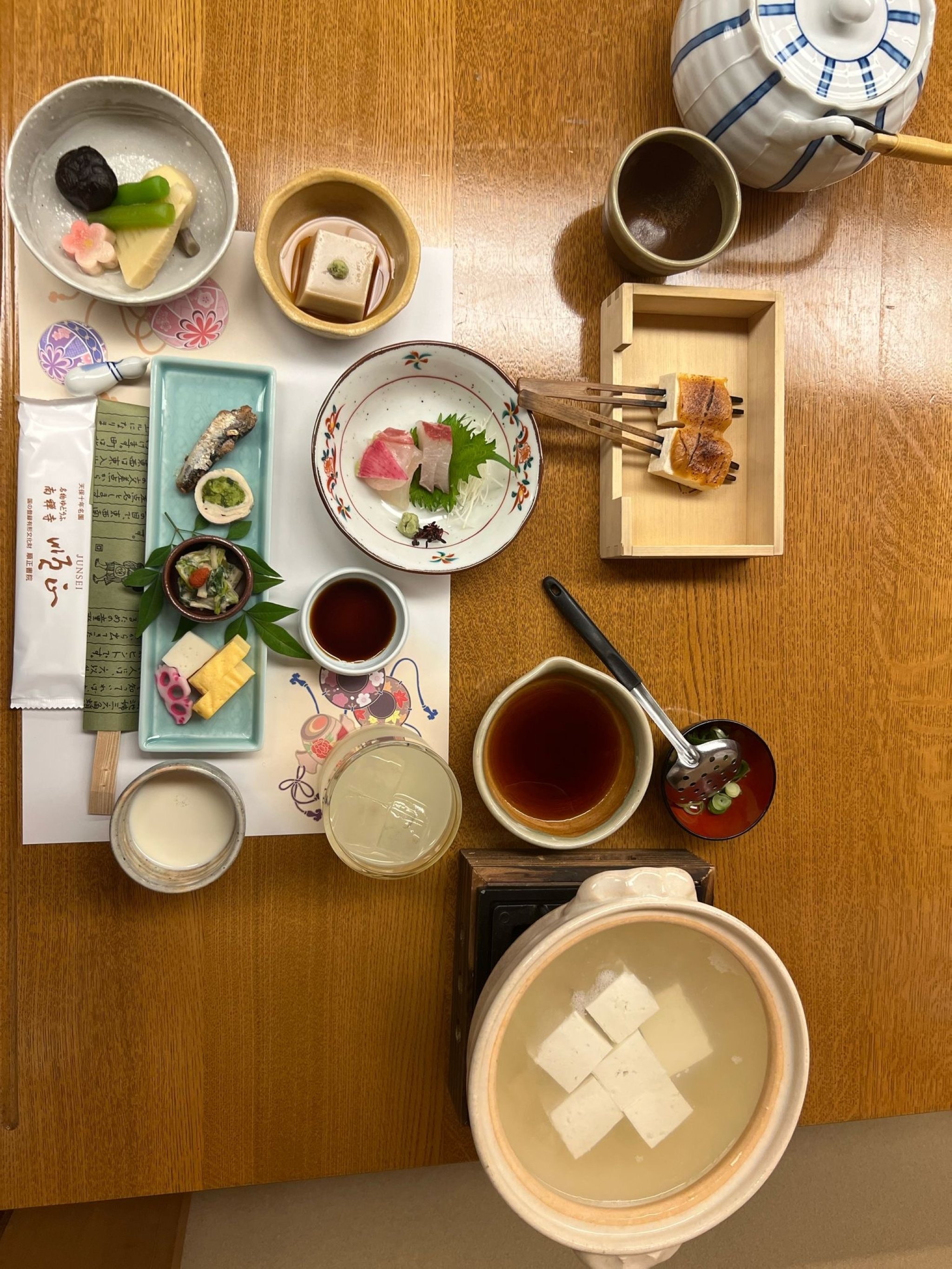
Lost in Tokyo’s museums
Tokyo is another world one that must be seen before you die. A city of contradictions, it balances tradition with cutting-edge innovation. In Ginza, the world’s most luxurious brands find a home in sleek glass towers, while Omotesando is a runway of architectural masterpieces. Then there’s Roppongi, where art and nightlife intertwine Mori Art Museum being a must-visit.
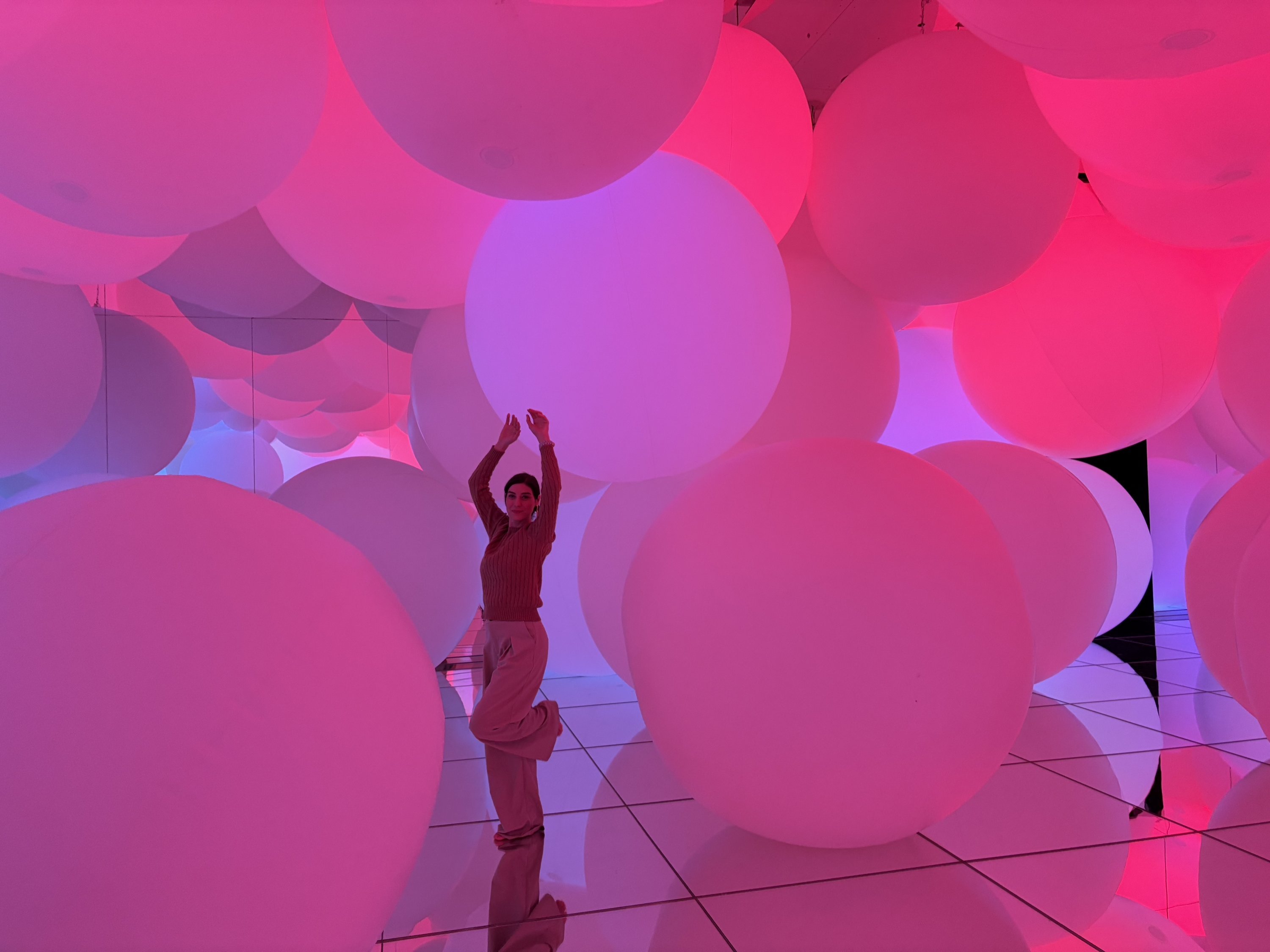
For a digital dreamscape, teamLab Planets Tokyo offers an immersive art experience like no other. Here, you walk barefoot through water, step into a field of infinite flowers and lose yourself in an ocean of light. It’s not just an exhibition – it’s an awakening.
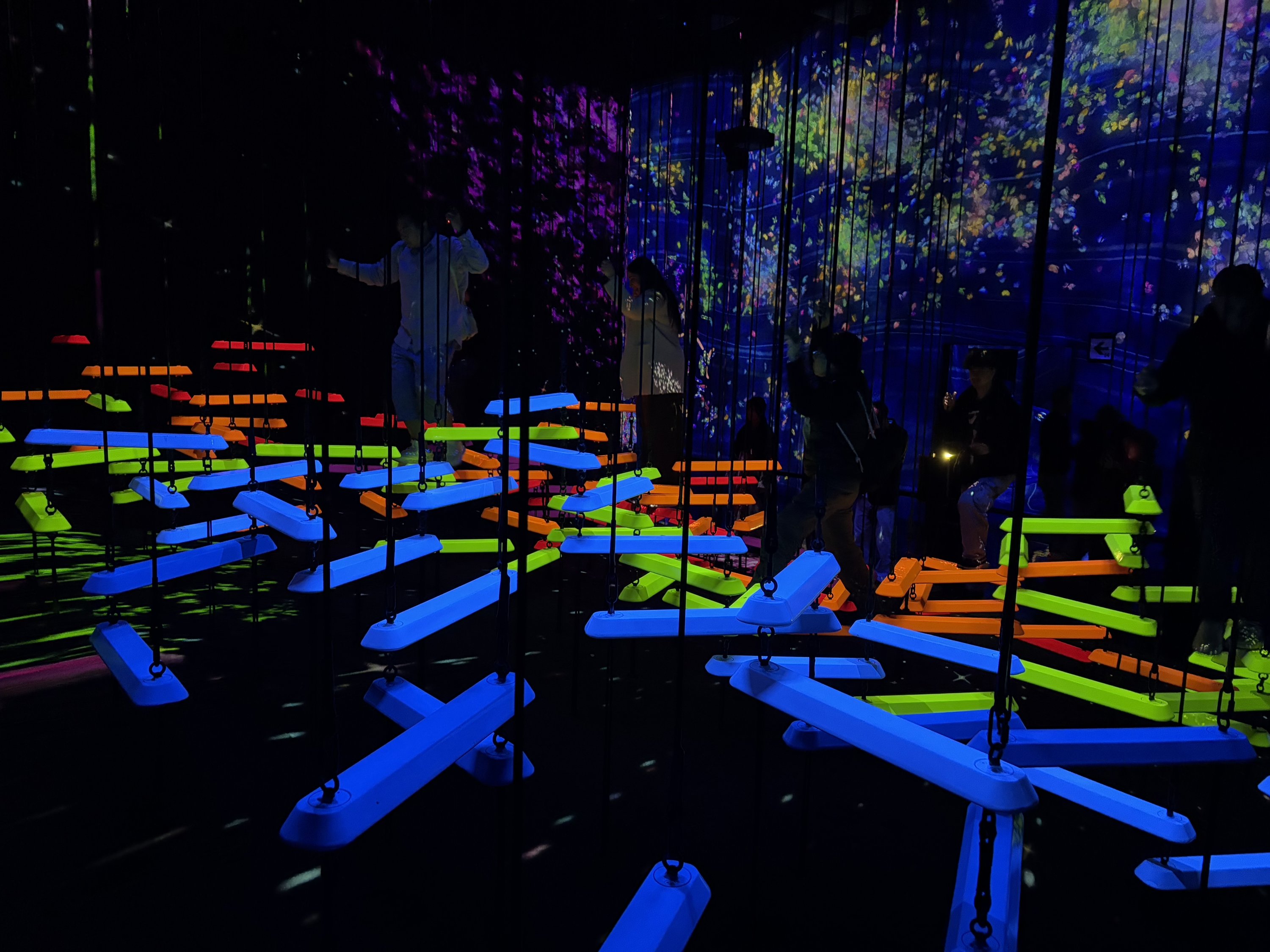
For a different kind of sensory experience, Tokyo’s animal cafes are a quirky yet heartwarming stop. From owl cafes to capybara cafes, you can sip matcha while sharing space with these gentle creatures. Speaking of matcha, Matcha Paradise offers an unusual twist matcha-infused water, a pure and meditative way to taste Japan’s favorite tea. As the zen proverb says, “Let go of your worries and be completely clear, like the water of a deep lake.”
Walking along Omotesando Avenue toward the Nezu Museum, I found myself immersed in Tokyo’s seamless blend of modernity and tradition. As I entered, a serene bamboo-lined pathway welcomed me, setting the tone for the tranquility that awaited inside.
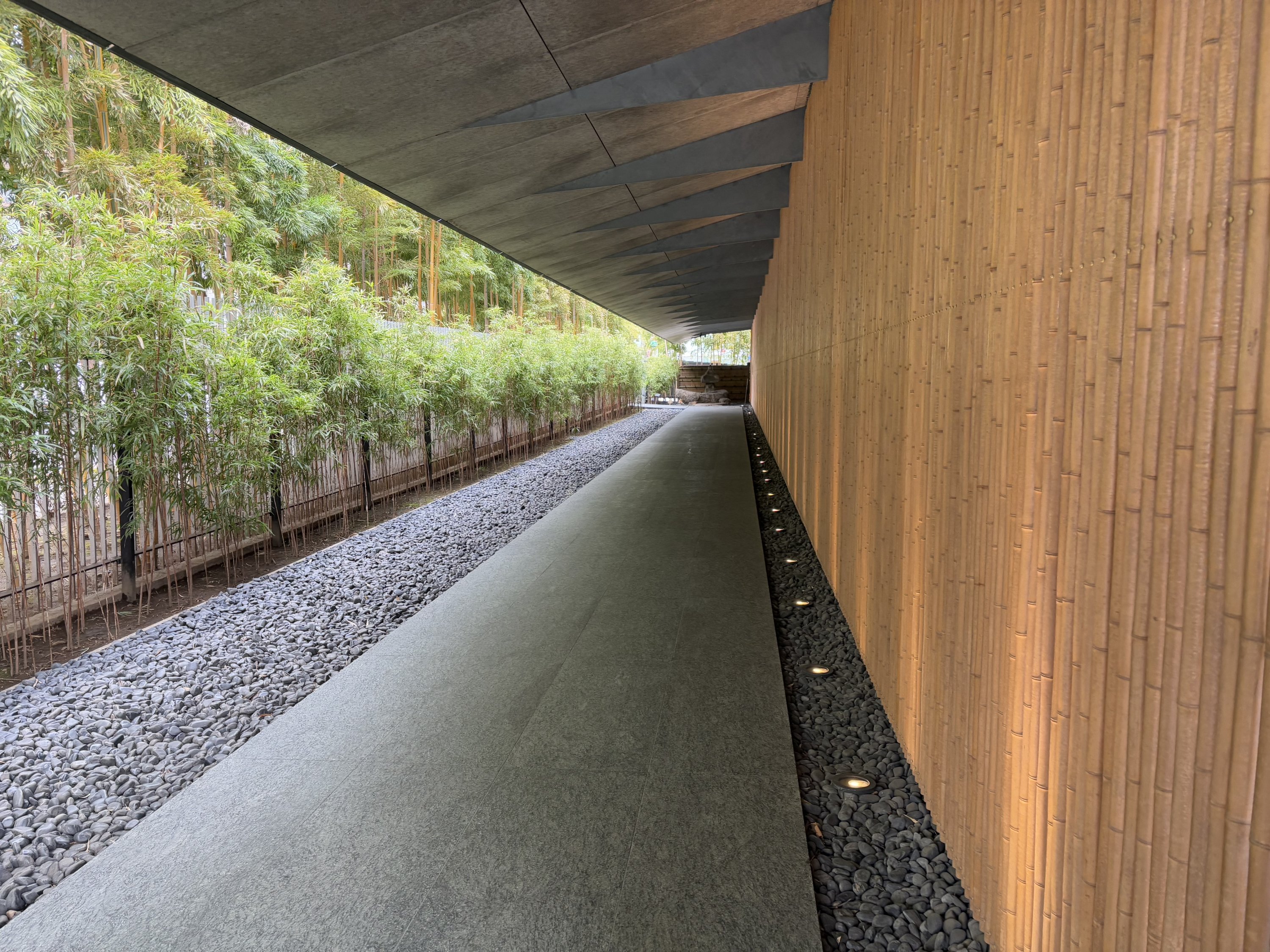
The museum’s collection, a refined showcase of Japanese and East Asian art, was simply mesmerizing – delicate scroll paintings, ancient ceramics and intricate tea utensils, each piece telling a story of craftsmanship and heritage. Beyond the art, the museum’s garden, with its winding stone paths and hidden tea houses, felt like stepping into a timeless sanctuary in the heart of the city.
Sakura: Poetry of petals
And then, the moment the world waits for sakura season. A fleeting spectacle that paints Japan in hues of pink and white. Cherry blossoms are not just flowers; they are a philosophy. The Japanese concept of mono no aware – the bittersweet awareness of impermanence is embodied in these delicate blooms. For a few days, the country pauses, gathers under the trees and celebrates hanami, the art of appreciating beauty that will soon disappear.
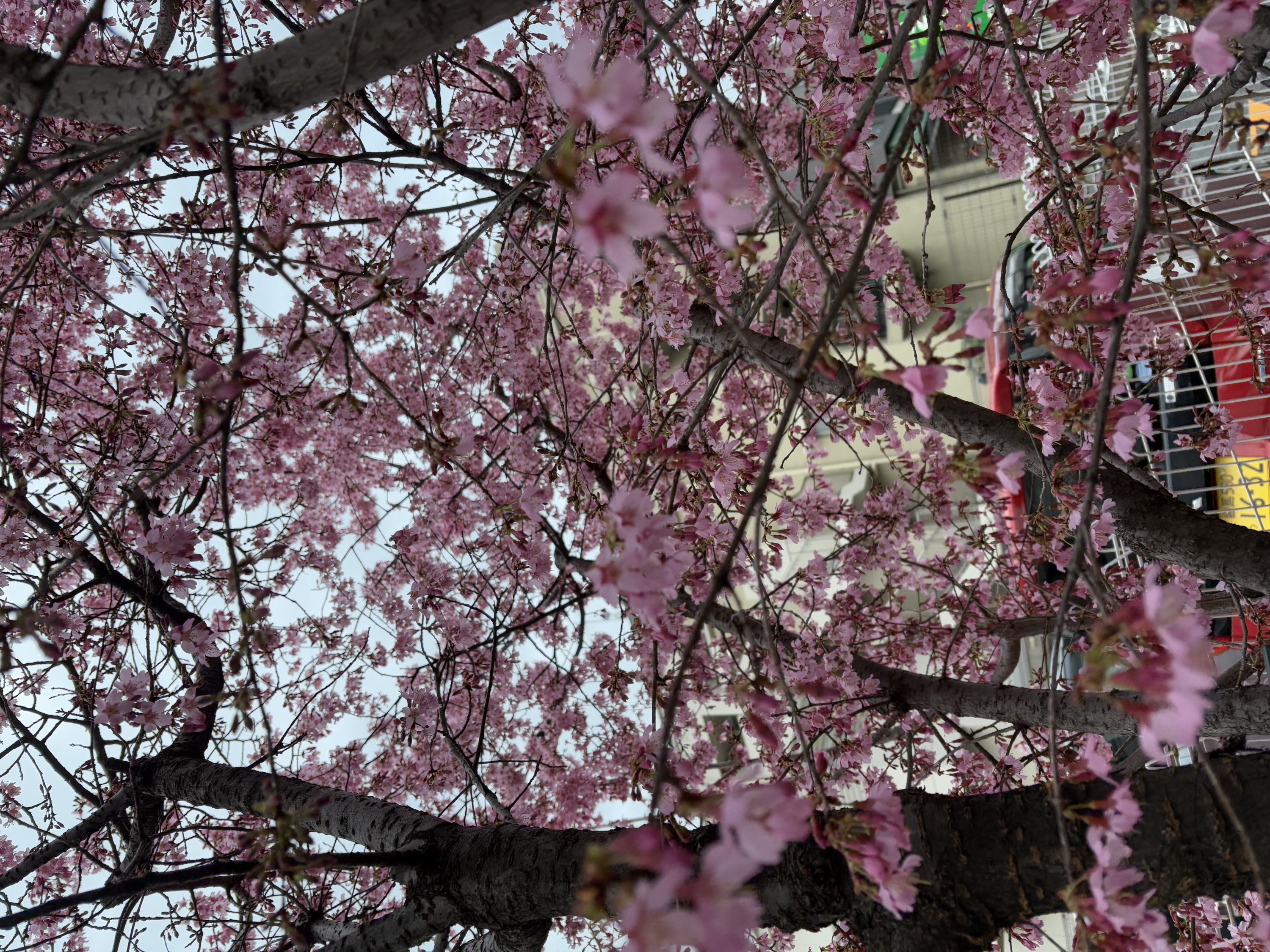
In my opinion, there’s something deeply poetic about seeing cherry blossoms in full bloom. As I stood beneath their delicate petals, I couldn’t help but feel the fleeting nature of life itself. Like cherry blossoms, life is fleeting so bloom while you can. Their beauty lasts only for a moment, reminding us to embrace the present, to live fully and to appreciate the small wonders before they fade away.
From Kyoto’s timeless temples to Tokyo’s electrifying streets, Japan is a place that teaches you to be present to savor each moment like the last petal of a falling cherry blossom. If you haven’t been yet, now is the time.
Lifestyle
True meaning of abundance in Islam
Nothing exists solely by itself. In a vast and intricate web of relationships, objects and events are interconnected in difficult-to-define ways. When an element is removed or altered, unexpected consequences arise elsewhere, often surprising us. When something is done in accordance with or in violation of a system, we witness uncontrollable phenomena as if the mechanism has been set in motion. To reverse the effects, one must often return to the very beginning. The relationship between cause and effect is rarely predictable.
In this context, the ecosystem within the social and moral lives of Muslims provides strange examples of how events can trigger one another. Sometimes, well-intentioned regulations may lead to seemingly unrelated outcomes, shaking the order at its roots. Like interconnected vessels, an entire structure can be affected by the displacement of a single concept, gradually leading to its deterioration.
When discussing faith in angels, Muslim intellectuals have attempted, for various reasons, to make the unseen visible. The impact of these diagnostic and materialistic tendencies on our lives is debatable; however, one thing is certain: the claim of making life more predictable has drained a fundamental concept of its meaning – abundance (“bereket” in Turkish)! So much so that abundance itself seems to have disappeared from the lives of Muslim communities.
In a marketplace steeped in Muslim culture, a shopkeeper greets a customer with the phrase: “Siftah (the first sale) is from you, abundance is from God.” This phrase, passed down from ancestors to descendants, acts as a mysterious code – almost a foundational principle of commerce. Like the “Ali Baba and the Forty Thieves” phrase “Open Sesame” unlocking a treasure-filled door, this expression opens the gates of sustenance in the marketplace. On one hand, it reflects the merchant’s acknowledgment that God is the provider of sustenance; on the other, it involves the customer in this testimony: the abundance of all our endeavors belongs to God. Muslims understand that any endeavor excluding God is bound to be devoid of blessing – destined to be barren. Thus, the bismillah (in the name of God) that opens a shop and the concept of abundance complement each other like two main pillars, linking our daily work to God and affirming our Muslim identity.
Deep trust, submission, diligence and generosity form the ethical foundation of the Muslim marketplace. This principle – “remembering God amid society” or “turning the heart toward God while engaged in work” – ensures that God remains present in daily life. Nothing else is needed. Even a whole month of Ramadan might not be enough to reflect on what we have lost through the materialization of abundance.
Although abundance can have various meanings, it is ultimately a concept that describes a connection with God. It signifies the increase of goodness or benefit to the extent that it reaches others. The 13th-century Sufi metaphysician Sadr al-Din al-Qunawi explains the concept of abundance with this example: “The abundance of the sun is its rays.” The rays are proof of the sun’s existence. Because the sun’s existence is perfect, its light overflows naturally. We recognize the sun through its light. In this sense, abundance produces an outcome. It forms a link between its source and its recipient.
When the Prophet Muhammad greeted God during his ascension (Mi’raj), God responded with Mercy and Blessings. Over time, the meaning of abundance narrowed, reducing it to a mere increase in material possessions. For many, it became a term that meant the desire for more wealth when resources seemed insufficient. Yet, true abundance refers to the spiritual force hidden within the material world.
Above all, when we think of abundance, our first thought should be of God and our connection to Him. More precisely, something is abundant if it links us to God or reminds us of Him. Whatever fulfills this function is abundance, and abundance resides within it. For this reason, guests bring abundance to a home – because they remind us of God. The abundant portion of our earnings is the part that reminds us of God. The abundance of knowledge lies in the wisdom that brings us closer to Him. When a child is born, the home becomes abundant, for the child is a gift from God, reminding us of Him. The last bite of a meal carries abundance, for after it, we give thanks to God, connecting the meal to Him and giving eating and drinking their true meaning. If we have lived our lives with the awareness that we are always in the presence of God, then our life has been abundant. When someone says, “May God grant you an abundant life,” it is not merely a chronological wish – it is a prayer that one’s life may be enriched with wisdom and meaning.
The examples could go on. Abundance is not about narrowing life down to material gains but about expanding and making it eternal by linking it to God.
Lifestyle
Nature as a manifestation of God
During the modernization process, Muslims sought to develop a rational understanding of nature by attributing their backwardness to an inherited misconception of the universe. Initially, they identified angels with the forces of nature and the good feelings in our hearts. Meanwhile, they reinterpreted jinn and devils as harmful thoughts within us or in our surroundings – even as microbes – thus stripping them of their individuality. Believing that our focus on the unseen world distanced us from nature and reality, they aimed to make the invisible visible, the unknown known, thereby elevating human responsibility and reason. To them, preoccupation with the unseen encouraged an escape from responsibility. By narrowing the influence of invisible beings in nature and life, they assumed they could expand the domain of the mind.
In mythological conceptions of the universe, a hierarchy of power governs the conflicts among beings, with order being established only through great struggle. Good and evil forces are in constant battle, and each entity possesses power in its own right. Even if these forces eventually converge, a structured hierarchy remains intact. The universe is divided between good forces – angels – and evil forces – jinn or devils. Humanity, caught in this war of powers, is helpless and oppressed. The only recourse is reason. Although this mythical language has evolved, it still persists in modern literature and cinema. No matter how much life changes, our perception of existence remains defensive: we continue to view the universe as a battleground between good and evil, unwilling to reach the root of the conflict.
Religion disrupted this cosmic vision by placing God at the center of existence, even identifying Him as existence itself and eliminating all secondary beings. Speaking of independent entities that possess power, engage in conflict, or act beyond control was deemed audacious against divine will. Everything is in its rightful place, and all is under the absolute control of divine will. If He wills something, it happens; if He does not, it does not. The universe belongs to God, and everything is under His command.
Such a perspective unites all opposites in a magnificent harmony, bringing them to a single point: submission and obedience to God without resistance. That humanity may fail to grasp this grand harmony does not justify alternative interpretations of reality. Within this understanding of the universe, beings exist only by divine will.
Consequently, belief in angels signifies the dissolution of any independent power structure in the universe for the sake of God. A believer, by affirming faith in angels, declares: “I reject the notion that anyone other than God has power. There is no god but God.” In other words, no one but Him has authority or command. God is One, and there is no other force or power besides Him. Yet, paradoxically, the word angel derives from a root meaning power or strength. Religion conveys this message: What you perceive as power is actually God’s power, and the angel represents this truth. Something is powerful only insofar as it is connected to and dependent on divine will.
Faith in angels negates the idea that the universe operates with independent forces, instead directly linking the world and nature to God’s absolute will. If God is closer to us than our jugular vein, then nothing can veil Him – except our own illusions. Every movement, every action and every being in the universe is a reflection of divine will and reveals God to us. Rain does not fall due to mere causality but rather through the agency of angels. Does such a perspective lead us into mythology? No! What prevents us from falling into illusions is our knowledge of God. With such a belief in angels, the possibility of engaging in scientific inquiry remains intact. The key issue here is whether we examine nature while taking God into account or ignoring Him.
This perspective grants us two things at once: First, it provides a strong motivation for exploring nature. Understanding nature is understanding God. This way of thinking teaches us the discipline required to study nature – a kind of etiquette of nature. Second, it allows us to establish a closer and deeper relationship with nature. Nature becomes our home and, in the process of research, even transforms into a sacred space where we remember God. Faith in angels tells us: Nature is not a mechanical factory!
-

 Daily Agenda2 months ago
Daily Agenda2 months ago5 suspects nabbed for sharing information with Iranian intel
-

 Politics2 months ago
Politics2 months agoSoutheastern city enforces fines to tackle student absenteeism
-

 Lifestyle2 months ago
Lifestyle2 months agoTürkiye’s Embassy in Doha hosts iftar for alumni to foster connections
-

 Refugees2 months ago
Refugees2 months agoInternational Women’s Day: global protests demand equal rights
-

 Daily Agenda2 months ago
Daily Agenda2 months agoTrump hangi ülkelere yasak getirdi.
-
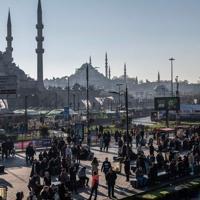
 Politics2 months ago
Politics2 months agoIstanbul ‘may break 110-year temperature record for March’
-

 Sports2 months ago
Sports2 months agoPaulista 19 maç sonra geri döndü, maç sonrası isyan etti
-

 Economy2 months ago
Economy2 months agoSweden to hold talks on countering soaring food costs


